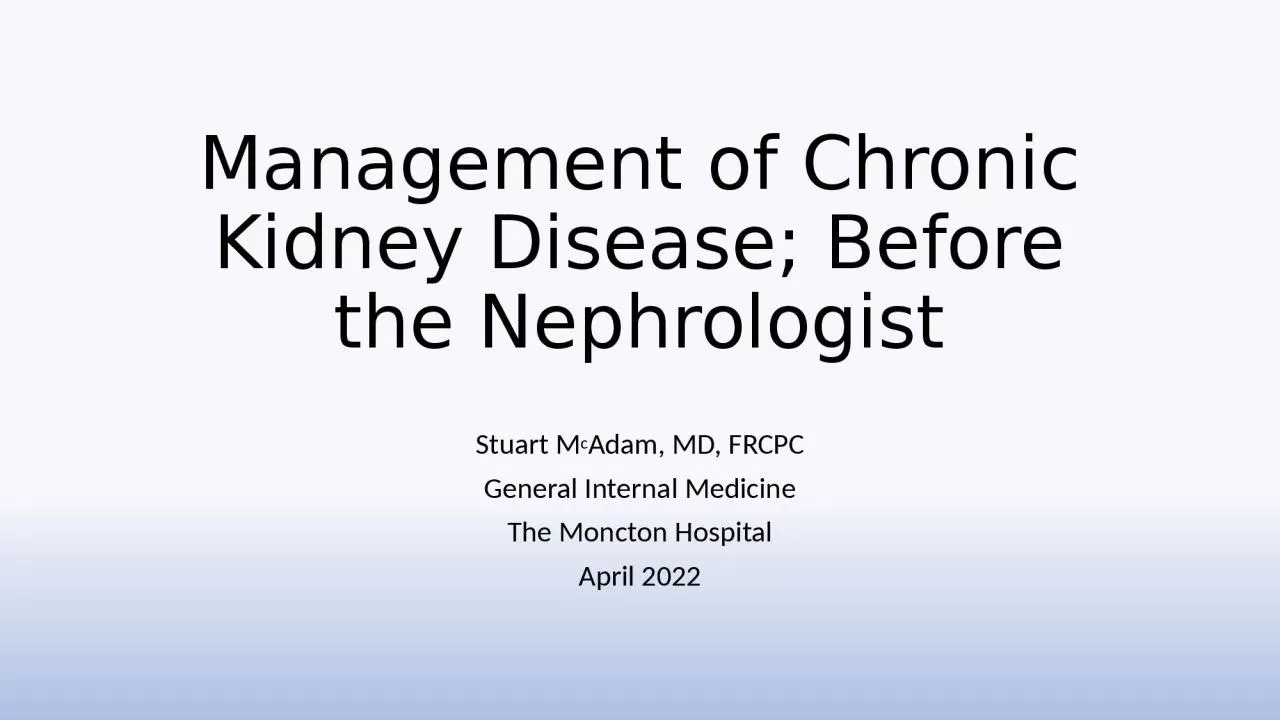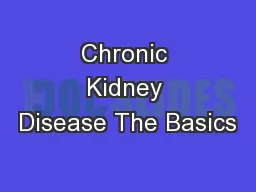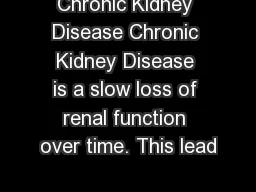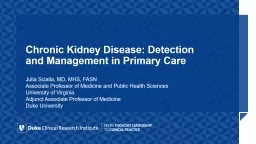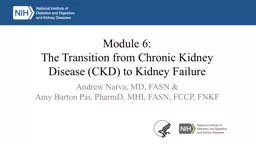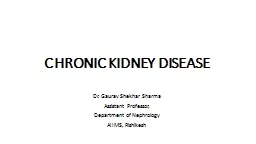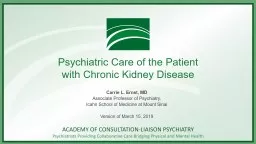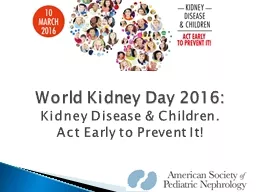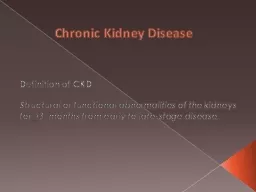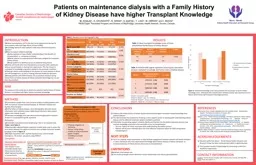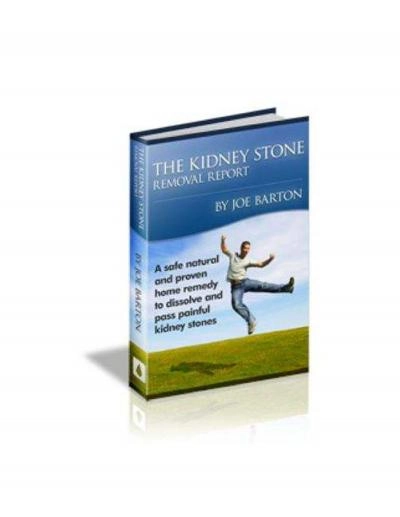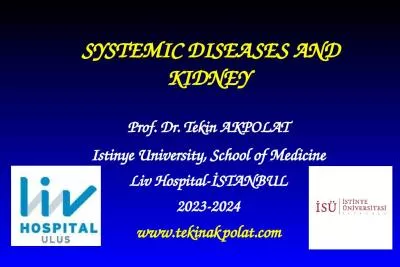PPT-Management of Chronic Kidney Disease; Before the Nephrologist
Author : SimplySweet | Published Date : 2022-07-28
Stuart M c Adam MD FRCPC General Internal Medicine The Moncton Hospital April 2022 Conflicts of Interest Nothing to disclose 2 Objectives Describe an approach to
Presentation Embed Code
Download Presentation
Download Presentation The PPT/PDF document "Management of Chronic Kidney Disease; Be..." is the property of its rightful owner. Permission is granted to download and print the materials on this website for personal, non-commercial use only, and to display it on your personal computer provided you do not modify the materials and that you retain all copyright notices contained in the materials. By downloading content from our website, you accept the terms of this agreement.
Management of Chronic Kidney Disease; Before the Nephrologist: Transcript
Download Rules Of Document
"Management of Chronic Kidney Disease; Before the Nephrologist"The content belongs to its owner. You may download and print it for personal use, without modification, and keep all copyright notices. By downloading, you agree to these terms.
Related Documents

